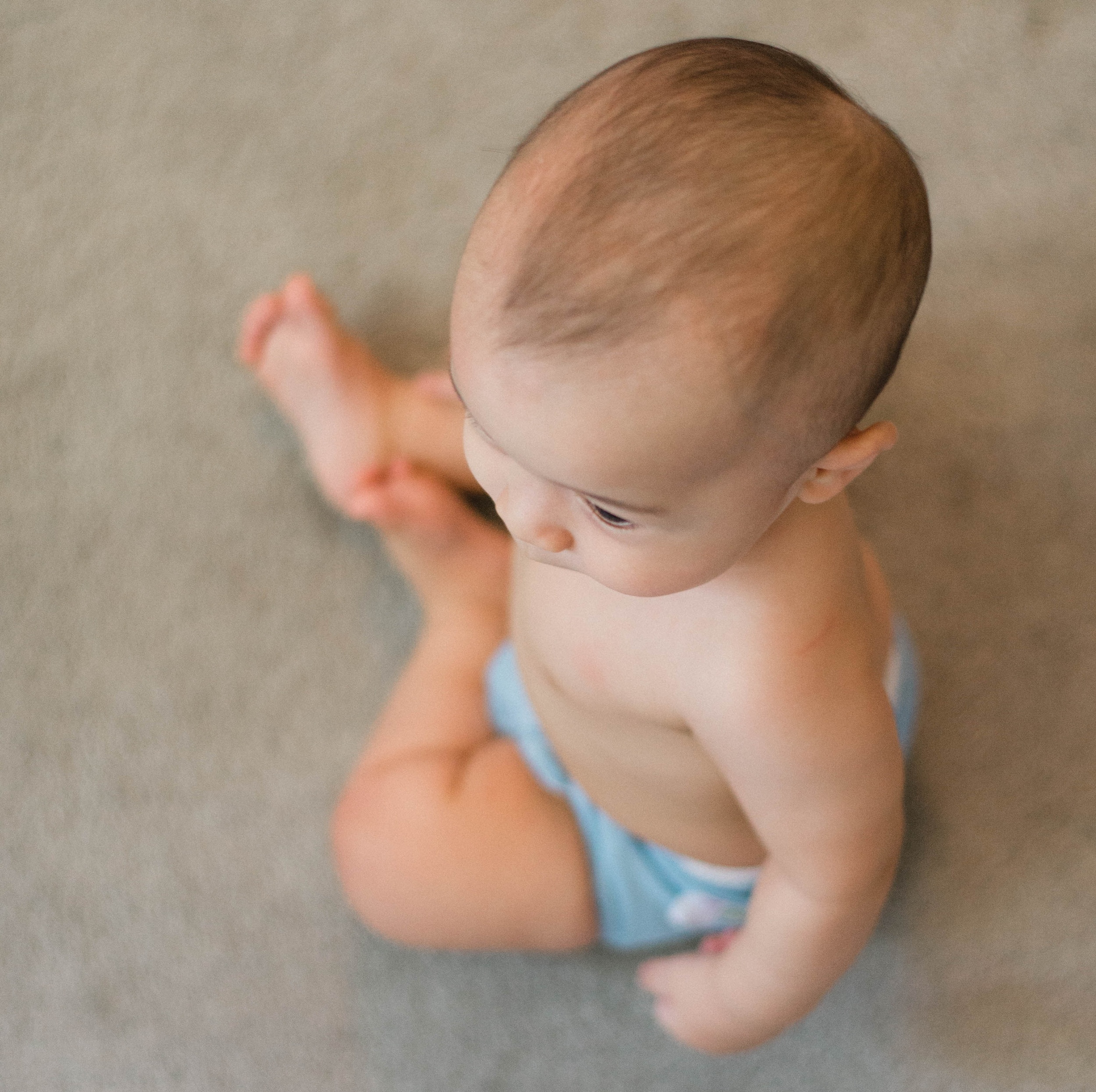New California Rules Propose To Protect People from Toxic PFAS Chemicals in Carpets

Is repelling few stains really worth yours and your children’s health? We think not, and now, neither do some California lawmakers.
This first-ever proposition would pave the way for the development of safer alternatives to the highly toxic fluorinated stain-resistant chemicals known as PFAS[1]. California’s Safer Consumer Products program are prioritizing PFAS due to their rating as the largest potential source of PFAS exposure, especially for children.
Since carpets and rugs cover nearly 50% of U.S. homes and workplaces, motivating manufacturers to more clearly label their stain-resistant textiles.
The proposal summary states:
The Department of Toxic Substances Control (DTSC) proposes to list carpets and rugs containing perfluoroalkyl and polyfluoroalkyl substances (PFASs) as a Priority Product. This product-chemical combination meets the identification and prioritization factors outlined in the Safer Consumer Products Regulations: (1) there is potential for human and other organism exposure to PFASs in carpets and rugs; and (2) the exposure has the potential to contribute to or cause significant or widespread adverse impacts.
Want to move the needle forward and make this proposal a law? Be sure to comment on the CalSAFER article by April 16, 2018.
From an EWG article on the proposition: To repel stains, the carpet industry used the same kind of chemicals in DuPont’s Teflon cookware – poly- and perfluoroalkyl substances, known as PFAS chemicals. The Teflon chemical, called PFOS, and its close chemical cousin PFOA, were phased out under pressure from the Environmental Protection Agencies after the revelation of secret studies by their manufacturers that found they caused cancer and birth defects in lab animals, built up in people’s bodies and did not break down in the environment. In studies of tens of thousands of people exposed to PFOS and PFOA, very small doses of the chemicals have been linked to cancer, hormone disruption, immune system harm, reproductive harm and liver damage. The U.S. carpet industry transitioned away from its use of PFOS, PFOA and other so-called long-chain PFAS chemicals in 2008. But they’ve been replaced by a new generation of “short-chain” chemicals in this class that have many of the same potential health concerns. California regulators lists all PFAS chemicals as having the potential for bioaccumulation; cancer; developmental, endocrine and liver toxicity; and other health hazards. PFASs are found in numerous other consumer items including cookware, clothing, personal care products and cleaning products.
I’ve found that people in the carpet industry don’t like to talk much about the indoor air quality issues associated with rugs, carpets, carpet pads and particularly, the adhesives. The “best” indicator that the industry has is the Green Label Plus certification to identify lower VOC and offgassing products. It’s a good start, but these products are generally more difficult to find, more expensive and still don’t fully address the toxin residues that most health-minded consumers are truly looking to be informed about and avoid.
If you’re really serious about your textile flooring, look for wool carpet with low- to no-VOC adhesives and get a wool pad. That’s about as healthy as it gets. Wool also has the added benefits of being naturally stain-repelling, antibacterial and improving indoor air quality. A few reputable online retailers include: Green Building Supply, Green Floors (wool pads) and Nature’s Products. Healthier Choice low-VOC carpet pads are widely available online and at Home Depot.




